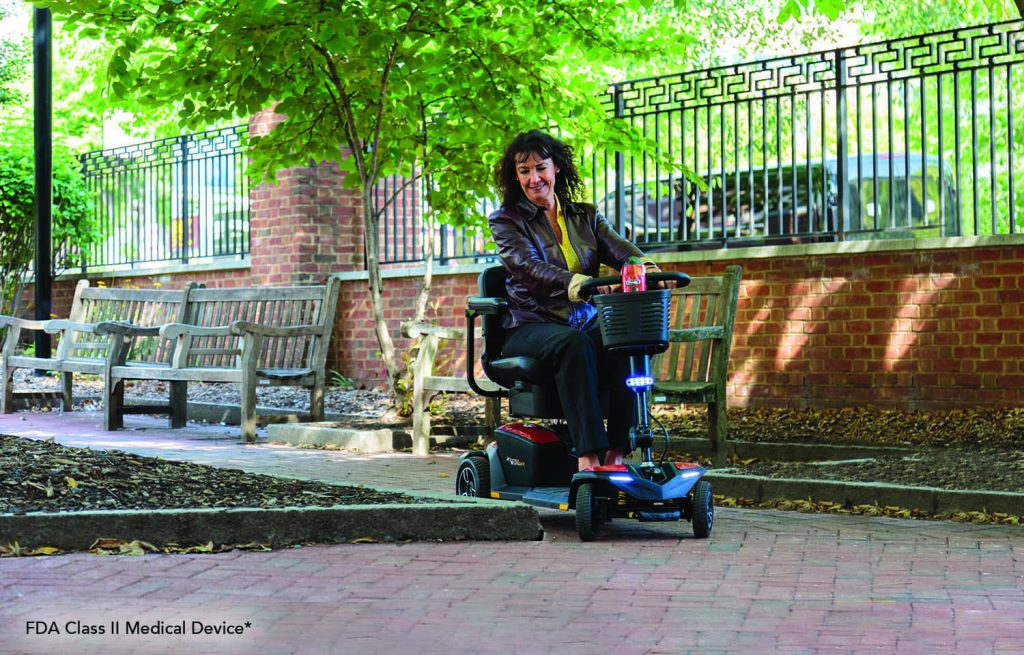Durable Medical Equipment (DME) is a critical component of healthcare, providing patients with devices that aid in managing chronic illnesses, mobility, and overall well-being. However, as essential as DME is, acquiring and claiming it through insurance can be complex, with one key requirement being the face-to-face encounter.
In my decade of experience working with DME claims, I’ve seen firsthand how easily non-compliance with this requirement can result in denied claims. Understanding the face-to-face requirement is vital for ensuring compliance with regulations and facilitating the smooth processing of DME claims. In this post, I’ll take you through its purpose, timing, necessary documentation, and which healthcare providers are qualified to perform this evaluation. Additionally, I’ll offer practical tips to help you avoid the common pitfalls that lead to claim denials.
What Is the Face-to-Face Requirement?
The Centers for Medicare & Medicaid Services (CMS) established the face-to-face requirement for DME claims to prevent fraud and ensure that DME is medically necessary for the patient. This requirement mandates that a healthcare provider physically examine a patient and assess their medical need for specific DME before prescribing it.
CMS implemented this regulation to ensure that equipment is not ordered unnecessarily and is appropriate for the patient’s condition. A face-to-face evaluation verifies the patient’s need and offers an opportunity to discuss treatment plans, assess the patient’s progress, and make any necessary adjustments to their care.
The Importance of Compliance
Meeting the face-to-face requirement is crucial for multiple reasons:
- Claim Approval: Non-compliance with the face-to-face encounter requirement is one of the leading causes of DME claim denials. Insurance companies, including Medicare, may reject the claim without a documented evaluation.
- Patient Safety: The face-to-face visit allows healthcare providers to ensure that the prescribed equipment suits the patient’s needs. It provides an opportunity to assess the patient’s condition, discuss any changes in symptoms, and determine the appropriate device for optimal care.
- Legal and Regulatory Compliance: Failing to meet this requirement can result in penalties for healthcare providers, particularly if Medicare or other payers audit claims. Compliance protects patient care and ensures that healthcare providers and suppliers meet legal and regulatory standards.
CMS implemented this regulation to ensure that equipment is not ordered unnecessarily and is appropriate for the patient’s condition. A face-to-face evaluation verifies the patient’s need and offers an opportunity to discuss treatment plans, assess the patient’s progress, and make any necessary adjustments to their care.
Timing of the Face-to-Face Encounter
The timing of the face-to-face evaluation is one of the most critical elements to get right when dealing with DME claims. Even a valid encounter could result in a denied claim if the timing is off. Below are the key time-related considerations:
1. Timing of the Prescription
The face-to-face encounter must occur no more than six months before the prescription for the DME is written. If a face-to-face evaluation is conducted in January, the prescription must be written by June at the latest.
- Why six months? CMS determined that six months is an appropriate period for a patient’s medical condition to remain stable enough to justify the prescribed DME. Any longer than six months, and there is a risk that the patient’s condition may have changed, rendering the prescribed equipment unnecessary or inappropriate.
2. Before DME Delivery
The face-to-face evaluation must occur before the DME is delivered to the patient. The encounter confirms that the DME is necessary, and delivery of the equipment without prior evaluation would not meet the requirements.
- Why before delivery? Delivering DME before a formal evaluation can result in the patient receiving equipment that does not meet their needs or, worse, could be harmful to their care. Additionally, this prevents suppliers from providing equipment without verification of medical necessity.
3. Frequent Check-Ins for Ongoing DME Needs
For patients requiring long-term DME, it’s important to note that CMS may require periodic face-to-face evaluations to reassess the ongoing need for the equipment. This typically applies to complex or expensive equipment, such as oxygen supplies, ventilators, or wheelchairs.
Required Documentation for Face-to-Face Encounters
Proper documentation is the cornerstone of compliance with CMS’s face-to-face requirements. Even if a face-to-face encounter occurs within the correct time frame, the claim could still be denied without thorough and accurate documentation. Let’s break down what needs to be documented and why it’s essential.
1. Clinical Notes from the Face-to-Face Encounter
The first and perhaps most important documentation piece is the face-to-face evaluation’s clinical notes. These notes must clearly describe the patient’s condition, the medical necessity of the DME, and how the equipment will support their care. These notes should include:
- Detailed descriptions of the patient’s condition: For example, if a patient requires a walker, the clinical notes should explain why the patient’s mobility is impaired and why a walker is medically necessary.
- Justification for the specific DME: The notes should also explain why the particular type of DME is needed. For instance, why is a walker with a seat required instead of a standard walker, or why is a portable oxygen concentrator better suited than an at-home unit?
- Functional Limitations: It’s also crucial to include any functional limitations the patient has, such as difficulty standing or walking, that necessitate the use of the prescribed equipment.
2. Written Order for DME (Detailed Written Order or DWO)
A written order signed by the physician or another eligible healthcare provider is required and must specify:
- The exact equipment being prescribed, including any features or accessories (e.g., “walker with a seat and wheels”).
- Medical justification: Why the prescribed equipment is necessary for the patient’s condition.
- Patient information: Full patient details, including name, date of birth, and diagnosis, must be included in the written order to ensure proper billing.
3. Date of Encounter
The exact date of the face-to-face evaluation must be documented and must match the dates on the written order. Any discrepancies between the dates could cause a red flag during claim submission or an audit.
Acceptable Provider Types for Face-to-Face Encounters
Not every healthcare provider can perform the face-to-face evaluation required for DME claims. To be compliant, only certain types of providers are authorized to conduct this assessment and sign the order for the equipment.
Eligible providers include:
- Physicians: Both Medical Doctors (MDs) and Doctors of Osteopathic Medicine (DOs) are eligible to perform the face-to-face evaluation and prescribe DME.
- Nurse Practitioners (NPs): Depending on state law and regulations, NPs can conduct the evaluation and prescribe DME, as long as they are working within their scope of practice.
- Physician Assistants (PAs): Similar to NPs, PAs are also eligible to perform face-to-face encounters and prescribe DME, as long as they adhere to their state’s scope of practice laws.
- Clinical Nurse Specialists (CNSs): These advanced practice nurses can also perform face-to-face evaluations in many states, again depending on scope of practice regulations.
Providers that are NOT eligible:
- Physical Therapists or Occupational Therapists: These specialists may be heavily involved in the care of patients requiring DME but are not authorized to perform the face-to-face evaluation for the purpose of DME claims.
- Pharmacists: While pharmacists play a crucial role in the healthcare system, they are not eligible to conduct the face-to-face evaluations required for DME claims.
Practical Tips for Ensuring Compliance
Navigating the face-to-face requirements can be tricky, but implementing certain best practices can help streamline the process and ensure compliance. Here are some practical tips for healthcare providers:
1. Create a Workflow for DME Orders
Establish a workflow in your practice for ordering DME. This workflow should include clear steps for scheduling the face-to-face evaluation, documenting the encounter, and writing the order. Automation tools can help by providing reminders when the six-month deadline is approaching or when re-evaluations are needed.
2. Use Checklists
A checklist can be an invaluable tool to ensure that all necessary documentation is completed and submitted. Include items like “clinical notes,” “signed DWO,” and “encounter date” to ensure nothing is overlooked.
3. Coordinate with DME Suppliers
Maintaining open communication with DME suppliers is essential. Share documentation promptly, and verify that all paperwork is in order before the equipment is delivered. Delays in sending necessary documents can cause interruptions in patient care and result in denied claims.
4. Stay Informed
The rules surrounding DME and face-to-face encounters can change, especially as CMS continues to refine policies to combat fraud. Subscribe to CMS updates, attend webinars, and join professional organizations that keep you informed of regulatory changes.
Conclusion
Meeting the face-to-face requirement for DME claims is a critical step in ensuring that patients receive the medical equipment they need while protecting healthcare providers from claim denials and audits. By adhering to the six-month time frame, thoroughly documenting the encounter, and ensuring that an eligible provider conducts the evaluation, healthcare providers can navigate this requirement with confidence.






